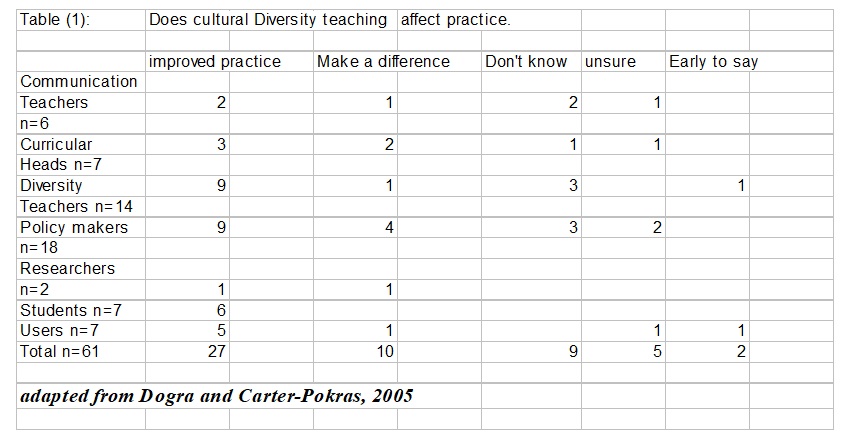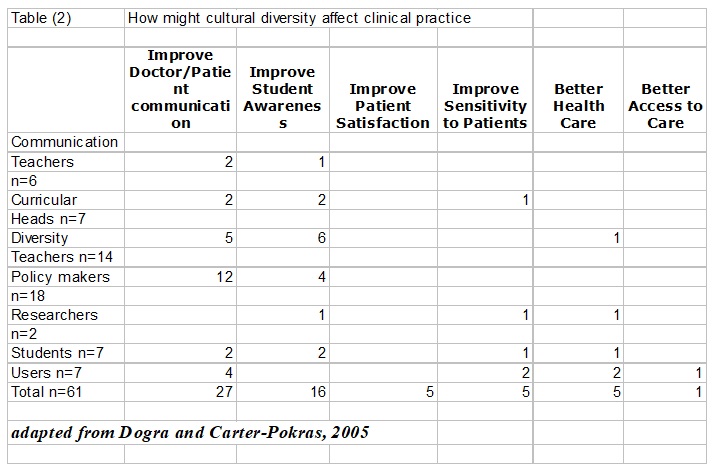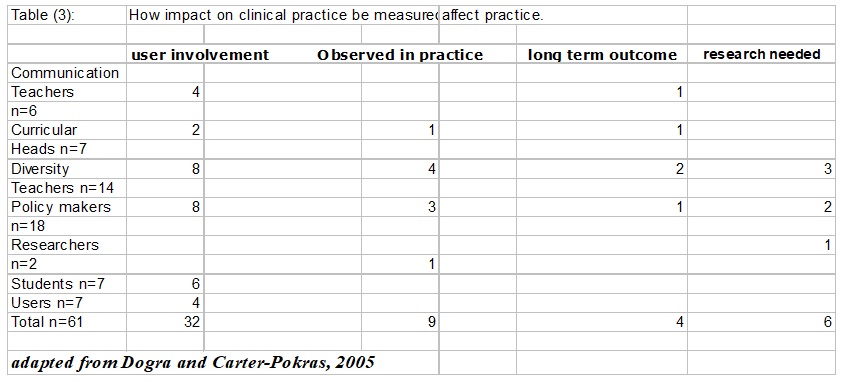The issue of cultural diversity expresses itself in two theories. The first theory assumes that all people irrespective of culture, race, religion, or any other factor would “melt” together in one common culture, which will be that of the new society (assimilation theory). The second theory assumes different groups of people keep their cultures and differences but live together respecting each other values in one new society (multicultural theory). Although many white Americans believe in the first theory, evidence suggests that most immigrants and minorities tend to keep their original cultural beliefs. In this case, multicultural theory becomes a challenge that needs facing in all aspects of management including health care (Leer, 2006).
The findings of Nugent and colleagues, 2002, showed that the cultural diversity of the healthcare working force reflects the nation’s cultural diversity and is probably matching that of patients. With changing demographic pattern of the population, healthcare management has to narrow the gap in healthcare disparities. They also suggested the challenge with increasing nursing workforce diversity in particular mandates a coordinated action in all fields of the nursing profession, mainly training and education.
Despite the fact showed the American Hospital Association (2002) (after Leer 2006) that the healthcare workforce is not a typical representation of diversity in the society, yet cultural diversity of healthcare professionals represent a problem for management. Another aspect of the problem is the nation needs to increase cultural diversity in general healthcare to meet the cultural diversity of patients from different cultures and aesthetic groups. Thus, efforts are needed to persuade minority groups to join healthcare, particularly the nursing, profession.
Dorga and Carter-Porkas, 2005, conducted a qualitative study to probe how different workers in healthcare view the outcome of cultural diversity teaching in medical education. They took a semi-structured questionnaire to 61 individuals working in the healthcare field including students and beneficiaries. Analysis of their results showed the following:
- The answers to the question of cultural diversity teaching affects practice are shown in table (1). Most of those who took part in the survey (35/61) felt that cultural diversity teaching resulted in improved clinical practice. The main area of improvement was in healthcare givers to patient communication. When asked if cultural diversity teaching made a change whatever it is, no one denied that but some answered that the improvement is more likely because of shared fundamental characteristics of the healthcare service organization. Dorga and Carter-Porkas suggested that this result shows that minimal behavior changes may have a significant clinical impact even if cultural diversity teaching does not change the personnel attitude.
- The second question was the possible impact of cultural diversity on clinical practice (table2). Twenty-seven participants (27/61) believed that it would improve doctor-patient communication. Sixteen participants (16/61) thought it would improve student appreciation of the cultural and social backgrounds issues of the patients. This reflects itself in better clinical practice.
- Third, was how to measure the impact of cultural diversity teaching on clinical practice (table 3). Thirty-two participants considered patient (healthcare user) involvement in the evaluation process is important. Nine believed that better evaluation is achieved by observing the students in practice, while six participants asked for further detailed research.
The fundamental finding of Dorga and Carter-Porkas, 2005 was the consensus that cultural diversity teaching had a positive impact on healthcare practice. About how to evaluate such an improvement, opinions varied on four methods, student, user, and staff feedback and the need for objective parameters as student observation.
There is no evidence-based proof that cultural diversity teaching improves health care delivery, yet the general perception is that it does. Healthcare management needs to review cultural diversity teaching and needs also to develop better tools to evaluate it. Realizing the need for cultural diversity to face the shortage of professional staff, especially the nurse workforce, and to meet the cultural diversity of different groups of society, the Association of American Medical Colleges is developing a tool for assessing cultural competence training, which involves assessment in five domains. First, rational, context, and definition, the second domain is concerned with key aspects of cultural competence. Other domains involve an understanding of the impact of stereotyping on medical decision-making, health disparities, and factors influencing health and cross-cultural clinical skills in that order.
Treating doctors, nurses and all other health care providers need to learn and pay respect to other cultures and beliefs. As it is an important part of a healthcare provider to listen well to the patient, and avoid problems that may arise from lack of understanding and consequently lack of tolerance because of different cultural backgrounds.



Works Cited
Leer, R.E.. “The next challenge for healthcare and nursing profession: Embracing and managing diversity.” Vol. 2 no. 2- RaeLeermanuscript.pdf. Capella University. 2006. Web..
Nugent, K. Childs, G., Jones, R. et al. “Said another way call to action: The need to increase diversity in the nursing workforce.” Nursing forum vol. 37 (2) 2002. p. 28-33.
Dorga, N. and Carter-Porkas. O. “Stakeholder views regarding cultural diversity teaching outcomes: A qualitative study.” BMC Medical Eduction vol. 5 2005. p. 37-49.
The Association of American Medical Colleges. Tool for assessing cultural competence training (TACCT). Web.